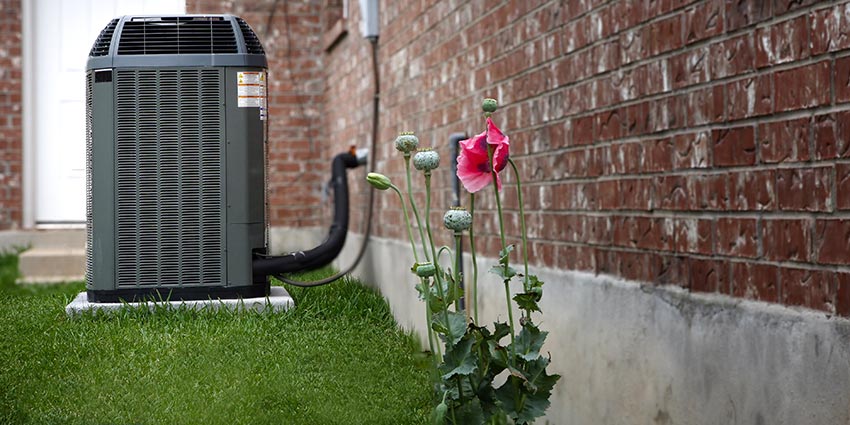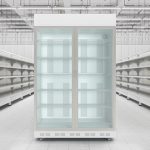The Importance of Professional Commercial Appliance Installation
The Benefits of Professional Commercial Appliance Installation 1. Reduced Downtime Professional installation of commercial appliances ensures that equipment is installed correctly the first time. This means that you’re less likely to suffer from downtime or damage to new appliances. A professional installation will ensure that the appliances are fitted correctly to the electrical and plumbing requirements of the building. This will avoid issues such as electrical outages which can cost businesses valuable time and money. Commercial appliance installation done correctly ensures that your appliances are running smoothly without any stress. 2. Lower Maintenance Costs Improper installation of commercial appliances can lead to a higher likelihood of damage over time, leading to higher maintenance costs. A professional installation will help reduce maintenance costs by ensuring that all the necessary parts are functioning efficiently. Professional installers have specialized training and expertise in the service and maintenance of different types of commercial equipment. This means that they can detect and fix minor issues with your appliances before they become major problems. 3. Ensures Safety Improper installation of commercial appliances can lead to lower safety standards. An improperly installed appliance could be a safety hazard that could lead to fires, appliance malfunctions, and other unforeseen damages. This could, in turn, lead to liability issues for your business. Getting a professional appliance installer can help you to avoid such scenarios. Professional installation of commercial appliances ensures that your appliances are installed with the latest safety features and upgrades. Professional installers also have the knowledge and tools required to ensure that the appliances are installed in a way that meets safety standards. This is critical given that the installation of many commercial appliances requires specialized electrical and plumbing expertise. 4. Equipment Warranties Commercial Appliances come with warranties, and this is one valid reason to get professional commercial appliance installation services. Most of the warranties that come with commercial appliances require installation to be done by a qualified installer. Professional installers have the necessary training and experience to complete installations correctly. This allows appliance owners to enjoy true warranty coverage in case of breakdown or malfunction of the appliance. 5. Better Energy Efficiency Energy efficiency is vital for businesses that want to save money on energy bills. Commercial appliances consume a lot of energy, and installing them correctly is critical to maximizing energy efficiency. Professional installers can help you to choose appliances that are rated as energy-efficient and install them in the best possible manner. Properly installed and calibrated appliances can improve energy efficiency which may also lower utility costs. 6. Commercial Kitchen Optimization Commercial kitchens are highly technical environments that require expert management to operate efficiently. Professional installers understand how to install and configure appliances for optimal performance. This ensures that the appliances selected are suitable for the kitchen’s needs and that the kitchen runs with the necessary level of efficiency.
The Importance of Professional Commercial Appliance Installation Read More »




